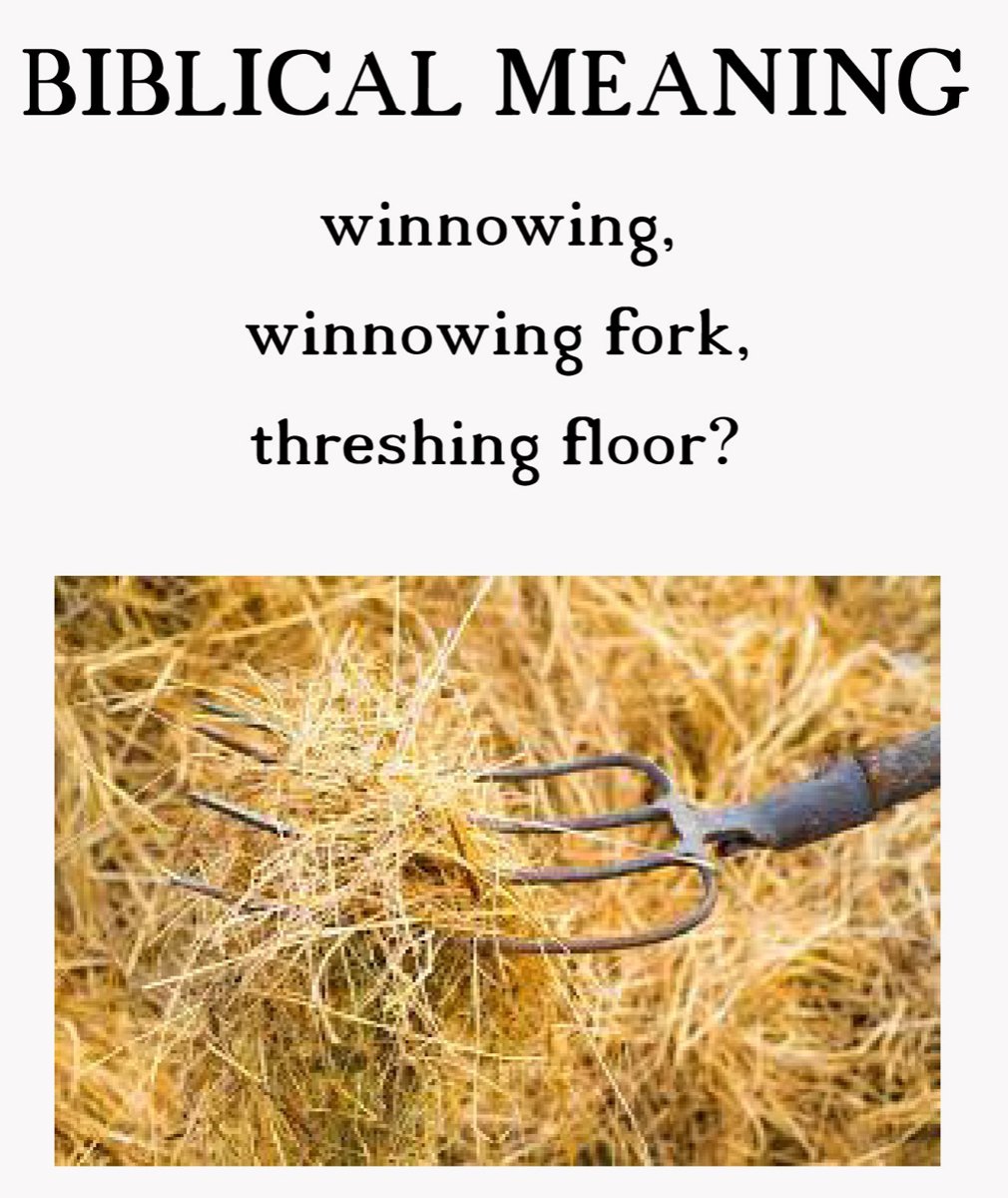Six Notes Blog
Welcome to our Six Notes Blog. This is a place we’ll dive deeper into scripture. We’ll find guided prayers and spotify playlists. There will be images to inspire and encourage. Bible verses to reflect on, memorize and save. Our goal is to constantly connect right here with way to deepen your faith walk with Jesus.
There are many ways to connect with the Lord, get creative! God doesn’t care HOW you do it; He just desires you.

Isaiah 53 Explained
Isaiah was a prophet 700+ years before the birth of Jesus. Isaiah 53 tells of Jesus’ death. A death that hasn’t even been “invented.” To die on a cross, didn’t even exist in Isaiah’s time. Yet, Isaiah 53 gives us an extremely detailed account of his death and in every aspect of his death. He shows us the Messiah was to be a Suffering Servant. The idea that the Messiah would suffer was extremely foreign to the Jewish people. They saw the messiah as a conquering hero. In fact, Isaiah starts out verse 1 by essentially saying, “you’re not going to believe this...”

Meaning of Winnowing, Winnowing Fork, Threshing Floor
When reading the Bible we often come across words, tools, or phrases that do not make sense to us in today’s world. For example: winnowing, winnowing fork or chaff. What is a threshing floor?
These terms are often used but not always as a picture of God’s judgment. It is a visual that the Jewish people understood very well but is foreign to us today.
-
Pray this prayer before you begin. Yearn to study Him, getting to know Him verses what’s in it for us.
-
When life is a little dry and mundance, when we need a little inner motivation, when we just need something to pull us out of this rutt… prayer this prayer and rest in His goodness.
-
pray one of our favorite bible verses
resources
-
Tessa Afshar, Connilyn Cossette, and Francine Rivers.
Some of the deepest moments of my faith journey has been picking up a good read and letting the charcters inspire me. Christian Fiction or better yet Biblical fiction has a way of opening up our mind into what life MAY have been like back then.
-
These are two main resources that I love to go to when trying to dive deeper into a passage or theme in the bible.
Blue Letter Bible - Commentator David Guzik
The Bible Project




